Congratulations to the following awardees & finalists!
AWARDEES
Jane Michelle Conda
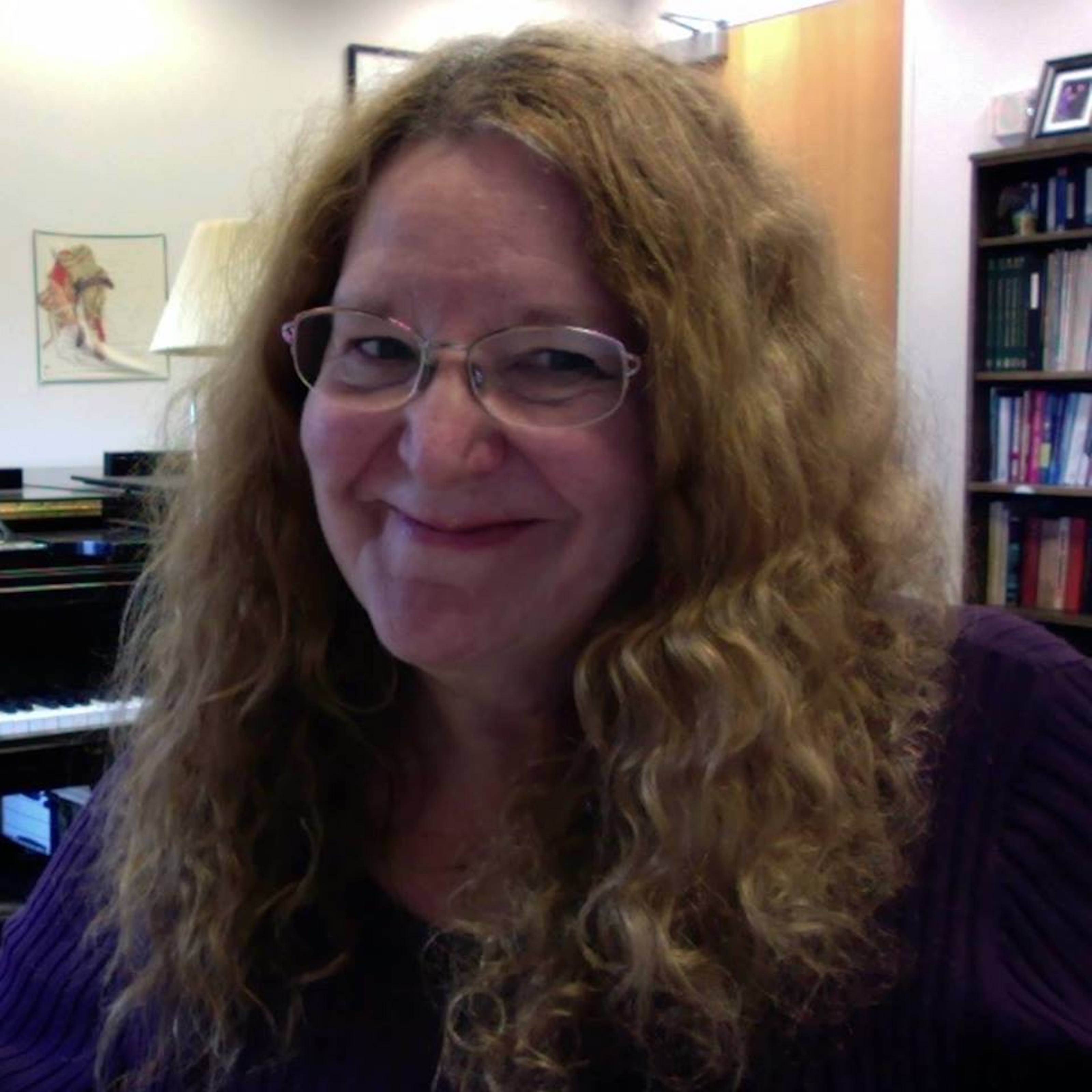
Keyboard Division
College-Conservatory of Music
Collaborators: Dr. Andrew Villemez (Educator Faculty, Keyboard Division, Department of Group Piano and Piano Pedagogy, College-Conservatory of Music); Clarence Brown (IT Manager, CCM Information Technology, College-Conservatory of Music); Dr. Giuliano Graniti (Assistant Professor Music Department, Middle Georgia State University, DMA from CCM)
Universal Piano Laboratory Controller: Developing and Testing
“Piano OpenLab is a patent-pending system that consists of a series of original scripts coordinated by a computer application created by Dr. Graniti. It automates processes and runs services on a Linux system and creates a digital piano lab virtual infrastructure for group piano instruction. We hope to find out: 1) Does a reduction of physical connections and hardware in the lab setting enhance teaching & learning outcomes? 2) Does it enhance teacher/student experience in the lab environment? 3) Does it create a more safe, accessible, and inclusive physical lab?”
Lauren Forbes
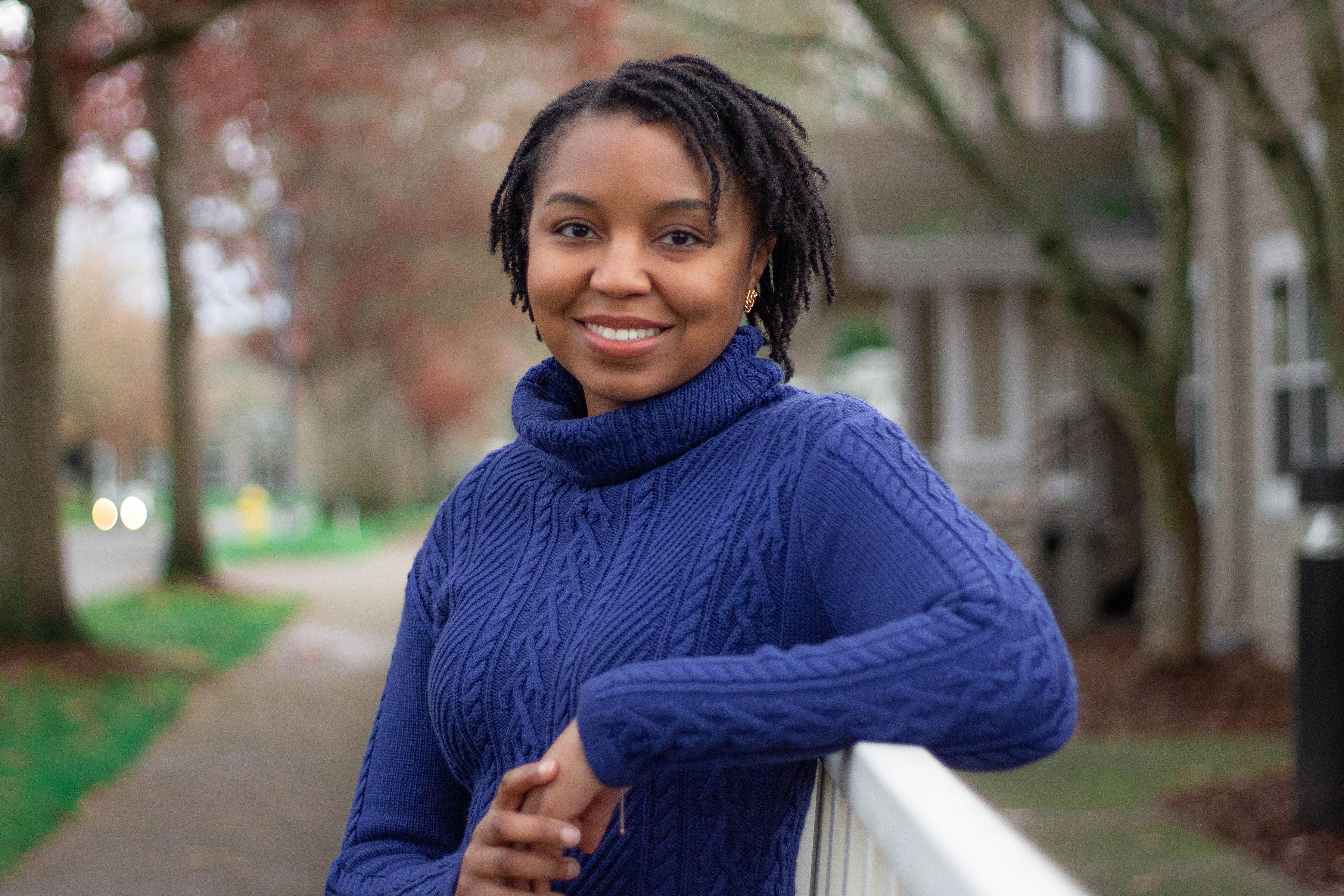
School of Public and International Affairs
College of Arts & Sciences
Collaborators: Francoise Knox Kazimierczuk PhD, RDN (Assistant Professor, Rehabilitation, Exercise, and Nutrition Science, College of Allied Health Science); Kelly Merrill Jr., Ph.D. (Assistant Professor; School of Communication, Film, and Media Studies; College of Arts & Sciences)
Homegrown: Cultivating Black Maternal Agency and Community Capacity for Healthy Futures
“The Homegrown program addresses the racial disparity in birth outcomes among Black women by leveraging community assets, local leadership, and university-community partnerships to meet cross-cutting needs. This pilot program engages a justice-centered local food network and a community advisory board coalition to support a group-based nutrition and education program for pregnant Black women living in low-income neighborhoods along Reading Road. Through this three-part approach, the Homegrown program bridges the gap between the nutritional and social needs of pregnant Black women to achieve healthy birth outcomes; the food insecurity facing marginalized residents in Reading Road neighborhoods, and the business sustainability challenges facing justice-centered urban farmers in the area. In this way, the Homegrown program not only helps to improve Black maternal and birth outcomes, but also improves local fresh food access for Reading Road residents and leverages their collective power to advance their common interests.”
Elizabeth Hobson

Biological Sciences
College of Arts & Sciences
Collaborators: Nathan Stricker & Joseph Lautenbach (Ohio Dept. of Natural Resources, Division of Wildlife); Marcelo Araya-Salas (Centro de Investigación en Neurociencias, Universidad de Costa Rica)
Identifying bobwhite quail individuals by song & applications to conservation management
“Northern bobwhite quail are an iconic but now-threatened species; in Ohio, just 2,400 quail remain in the wild compared to 4.5 million birds 50 years ago. Because of this steep and rapid population decline, cost-effective and accurate methods to quantify and track populations are urgently needed. This project will (1) form new interdisciplinary collaborations with the Ohio Department of Natural Resources (DNR) and bioacoustics experts, (2) test for individual differences in male “bob-white” songs, and (3) determine whether we may be able to infer caller identity of wild bobwhite quail from recordings. In addition to aiding conservation efforts of the quail, the project will also provide UC undergraduate and graduate students new research opportunities and training in computational biology.”
Daria Narmoneva
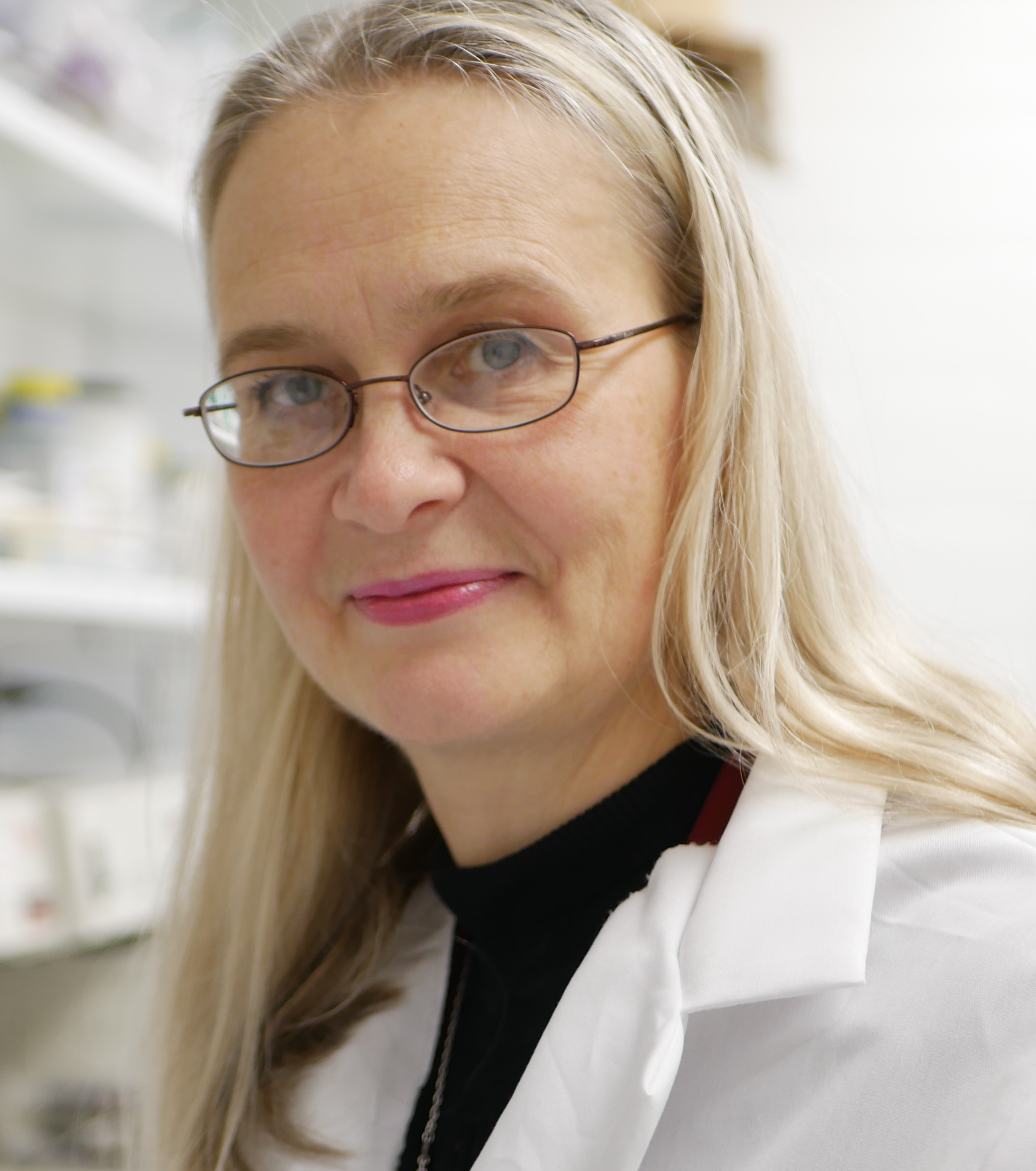
Biomedical Engineering
College of Engineering & Applied Science
Collaborator: Georg Weber (Professor, College of Pharmacy)
Bioengineered Therapy for Diabetic Wound Healing Using a Novel Immunomodulator
“Under the premise that the healing of diabetic wounds can be accelerated with proper intervention, we will utilize wound healing models to test the hypothesis that specific domains of a novel immunomodulator Osteopontin, applied topically using bioengineered hydrogel, will be efficacious in accelerating diabetic wound healing. We expect activation of pro-regenerative immune response and enhanced neovascularization, which will lead to significantly accelerated wound healing. The results will determine the optimal domain and dosage of the Osteopontin for future testing in pre-clinical and clinical setting.”
Nan Niu
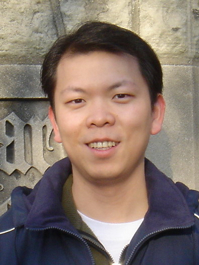
Electrical and Computer Engineering
College of Engineering & Applied Science
Collaborators: Joseph L. Nedelec ( Associate Professor, School of Criminal Justice, College of Education, Criminal Justice, and Human Services; Albert Klein (Assistant Professor Educator, School of Public and International Affairs, College of Arts and Science)
Can Software App Reviews Predict Privacy Violations?
“We will perform qualitative, grounded-theory-informed categorization of privacy-related court cases. We will then use the categorized, labeled data to train machine learning classifiers to quantify the extent to which the software app reviews are indicative and predictive of privacy violations. We will also perform action research to build visual analytics dashboards to aid software developers in better engineering privacy. The anticipated research outcomes include novel classifications, curated datasets, machine learning tools, visual analytics dashboards, and case studies.”
Vesna Novak
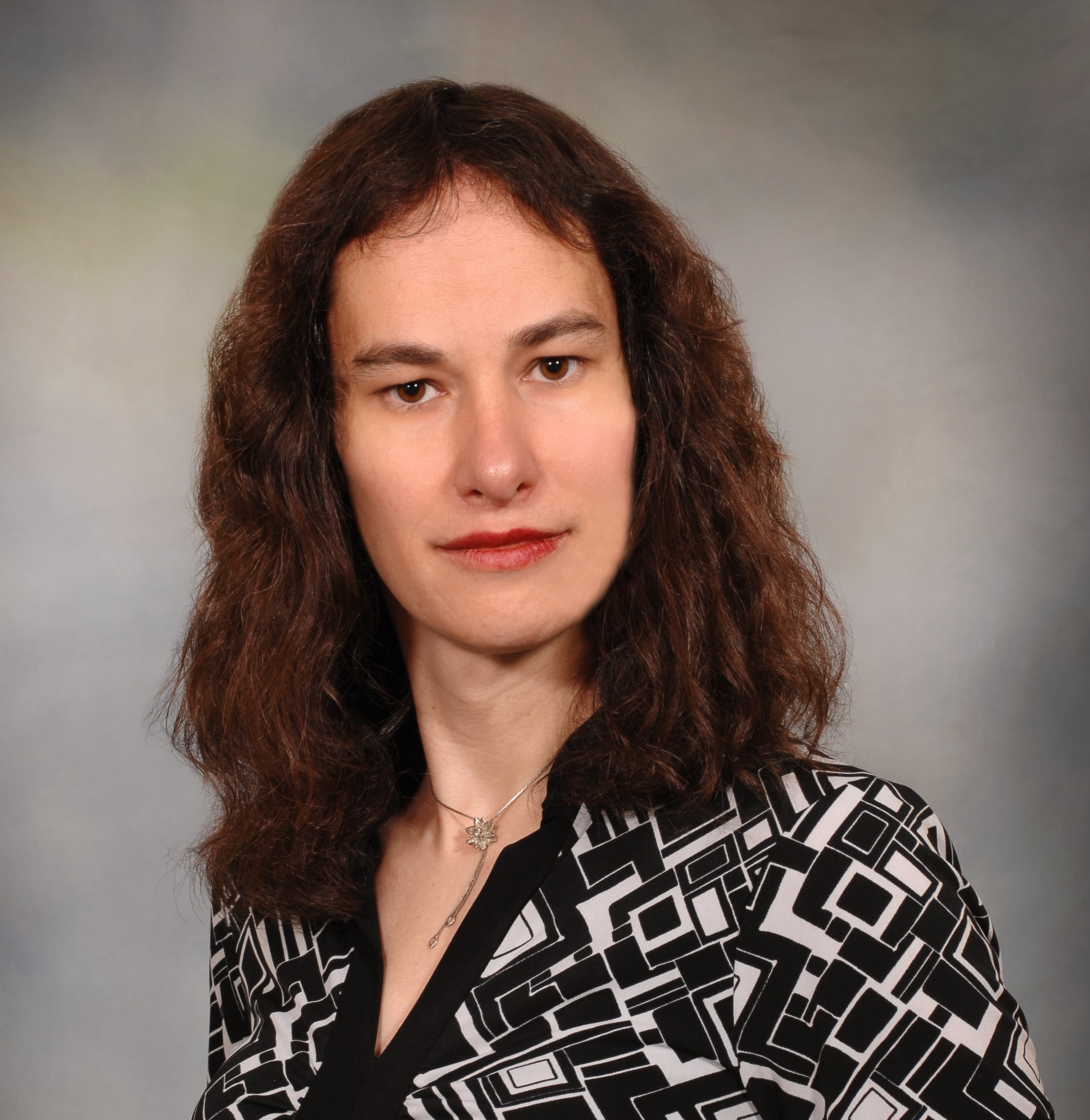
Electrical and Computer Engineering
College of Engineering & Applied Science
Co-PI: Victoria McKenna, PhD (Assistant Professor, Department of Communication Sciences and Disorders College of Allied Health Science)
Collaborators: Aaron Friedman, MD (Associate Professor, Laryngologist, Department of Otolaryngology); Renee Gustin, M.S., CCC-SLP (Speech-Language Pathologist, Department of Otolaryngology, College of Medicine)
Development and pilot evaluation of a smartphone app for transgender voice training
“Transgender and gender diverse people often experience dysphoria due to a mismatch between their gender and the way their voice is perceived by themselves and others - for example, trans women called "sir" due to deep voices. This mismatch can be reduced through voice training, but such training is often expensive and inaccessible due to lack of qualified providers. This project will thus develop and preliminarily evaluate a smartphone app that will guide transgender women through pitch modification exercises. The app will be released for free upon project completion and will serve as the basis for more complex voice training software.”
Kristina Shin
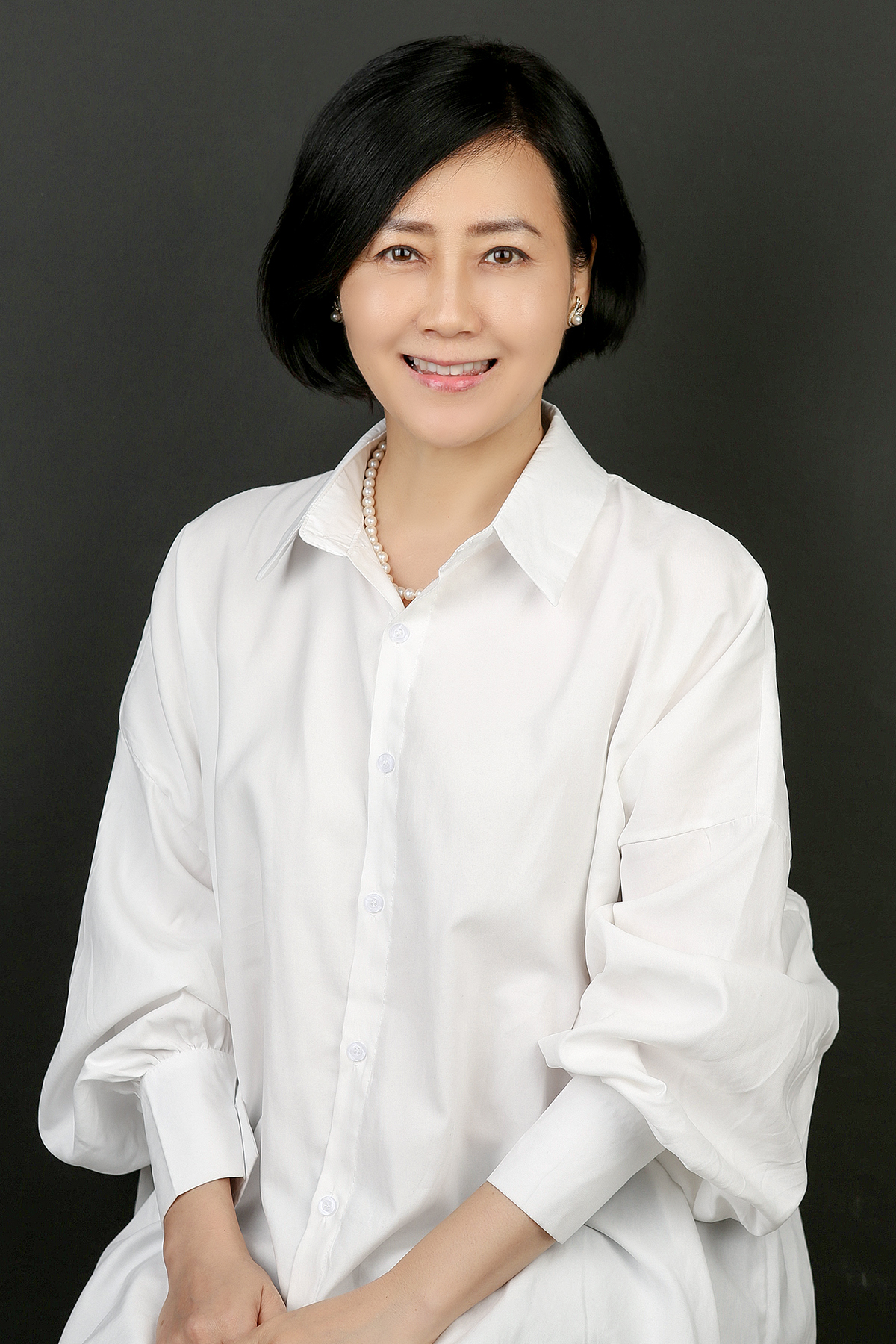
School of Design
College of Design, Architecture, Art, and Planning
Collaborators: Yong-Gyun Ghim (Assistant Professor, School of Design, College of DAAP); Tao Li (Associate Professor, Department of Electrical and Computer Engineering, College of Engineering and Applied Science); Charles Ryan Hattemer, MD (Professor of Clinical, Division Chief of Cardiovascular Health and Disease, College of Medicine); Louis Louis, MD (Associate Professor of Clinical, Division Chief of Cardiac Surgery, College of Medicine); Srinivas Rajsheker, MD (Associate Professor of Clinical, Internal Medicine, College of Medicine); Ching Andreas Shing, MD (Cardiologist, Department of Medicine & Geriatrics / Division of Cardiology, United Christian Hospital, Hong Kong)
Development of a hemostatic vest for patients with cardiac implantable electronic devices: A multidisciplinary approach
“More than 3 million pacemakers and 200,000 implantable cardioverter-defibrillators are implanted every year worldwide and this number is expected to grow. A major complication of this surgery is device infection caused by a collection of blood around the cardiac implantable electronic devices (i.e., Device-pocket hematoma). Applying pressure dressing with adhesive tapes has been commonly used to prevent the device-pocket hematoma, which creates the adverse effects including skin tears, allergic or inflammatory reactions to the adhesive, migration of pressure point and insufficient and uneven pressure. Thus, our team aims to develop a compression garment that can apply evenly distributed compression force on the complex curvature of the implant location to prevent device-pocket hematoma, and subsequent device infection.”
Thomas Talavage
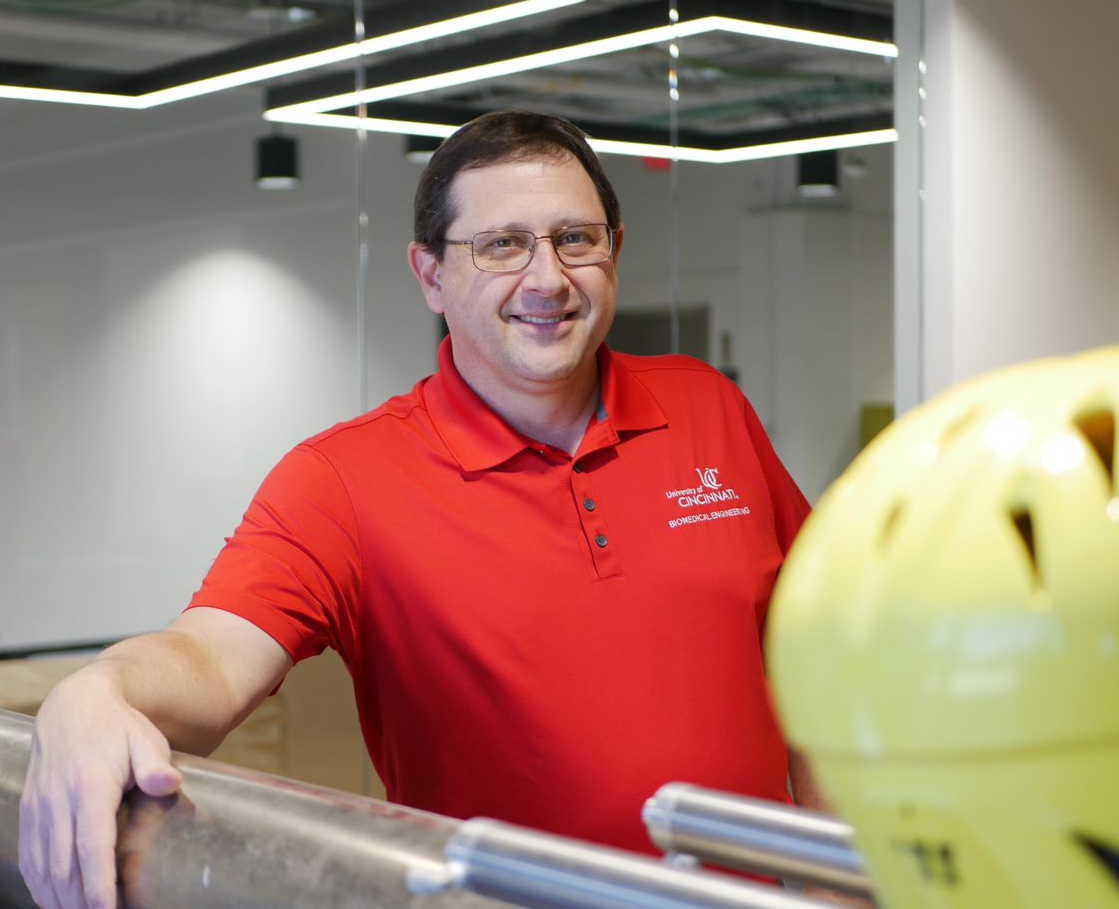
Biomedical Engineering
College of Engineering & Applied Science
Collaborators: Jon G. Divine (Professor, Department of Orthopaedic Surgery, College of Medicine); Victoria Heasley (Fellow Physician, Department of Sports Medicine, College of Medicine); Eric A. Nauman, Dane A. and Mary Louise Miller (Professor, Department of Biomedical Engineering, College of Engineering and Applied Science)
Reducing Healthcare Disparities for Repetitive Strain Injuries in Elite and Adaptive Athletes
“We will study athletes of varying abilities as they may be followed longitudinally across their competitive season. Pre- and post-participation medical imaging combined with collection of telemetry in practice and game activities will be conducted and used to identify those actions that most contribute to diagnosis of repetitive strain and upper extremity injuries, and for monitoring of post-injury recovery. At end of participation imaging and motion capture will be repeated and models will be refined to accurately predict changes in structure and tissue health over this time period. These critical data will then enable identification of biomarkers that are most associated with injury risk and post-injury recovery, providing insight into how prevention and treatment of repetitive strain and upper extremity injury may be improved for a more general population.”
FINALISTS
Brittany E. Hayes
Criminal Justice
College of Education, Criminal Justice, and Human Services
Motion-capture based perceptions of vulnerability: The impact of disability and a walker’s sex
Elizabeth Jean-Baptiste
School of Education
College of Education, Criminal Justice, and Human Services
Unveiling the Mask: The Lived Experiences of Black Sign Language Interpreters
Heekyoung Jung
School of Design
College of Design, Architecture, Art, and Planning
Generating visualizations and prompts from biosignals for data-based creative practice
Seokki Lee
Electrical Engineering and Computer Science
College of Engineering & Applied Science
Provenance-based Explanations for Machine Learning (ML) Models
Elizabeth Payne
Theatre Design and Production
College-Conservatory of Music
Spotlight: The Path to Make Theatre Green